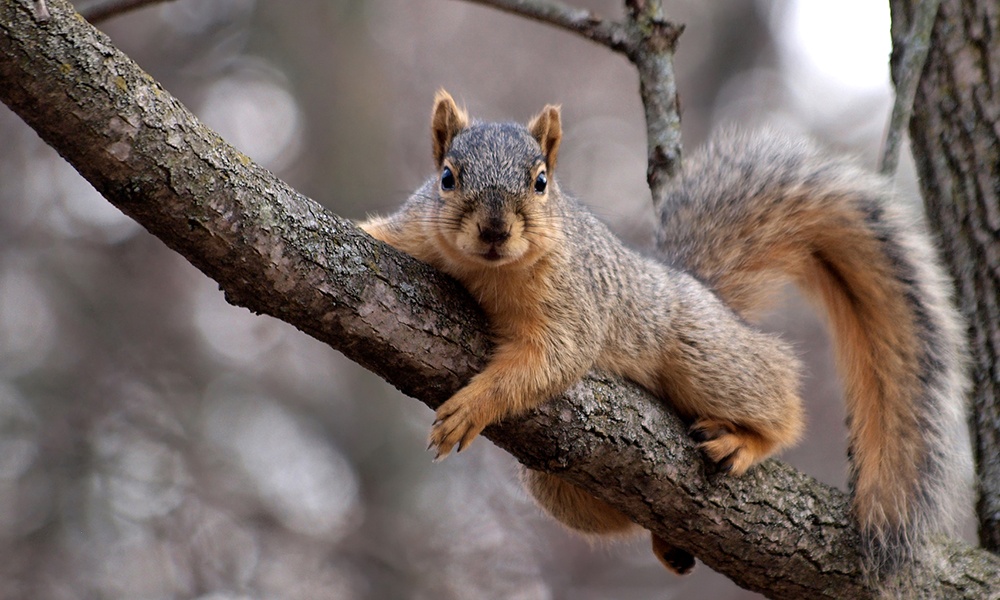The Forest Preserve District of DuPage County improves the quality of life for all DuPage County residents. Its 26,000 acres of woodlands, prairies, wetlands, and waterways contribute to cleaner air and water, help with flood control, create vital habitats for wildlife, and provide safe spaces where people can boost their physical and mental health. More than 5.5 million people visit its 60 forest preserves, 175 miles of trails, seven education centers, and scores of programs each year.

